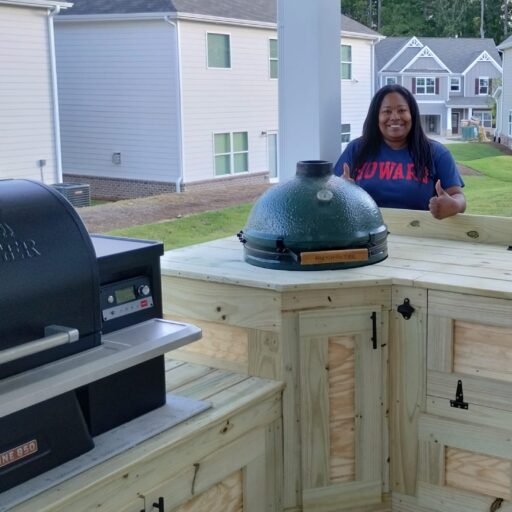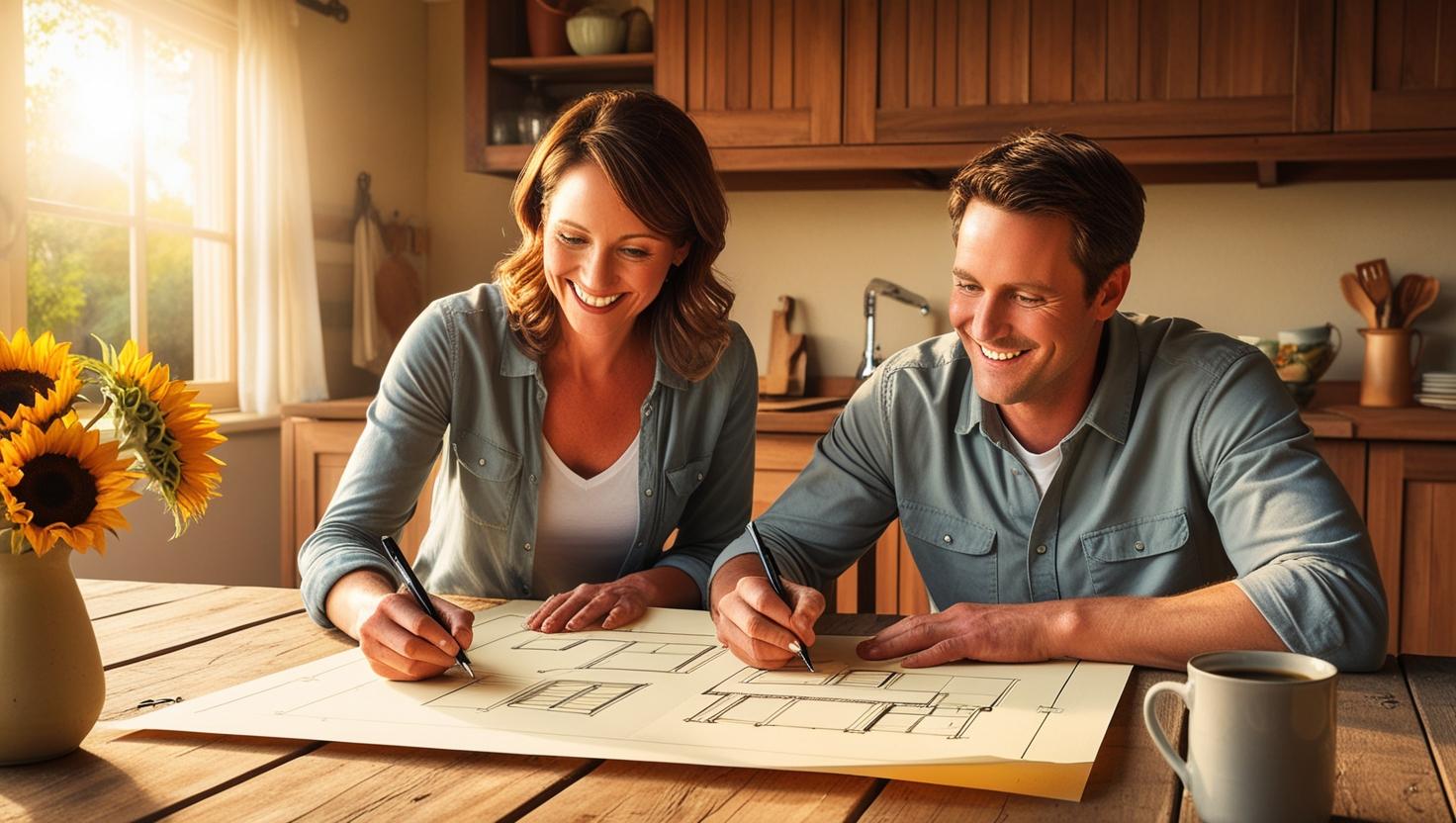Planning the Perfect Outdoor Kitchen: Key Considerations
Designing and building an outdoor kitchen can transform your backyard into a functional, stylish space for entertaining and dining. However, thoughtful planning is crucial to ensure your outdoor kitchen meets your needs, enhances your property, and withstands the elements. Here are the main considerations to keep in mind when embarking on this exciting project.
1. Define Your Purpose and Layout
The first step in planning your outdoor kitchen is understanding how you intend to use it. Will it be a simple grilling station, or do you envision a full-scale kitchen with a sink, refrigerator, and pizza oven? Once you have a clear purpose, consider the layout. Popular designs include straight-line setups, L-shaped configurations, or U-shaped layouts, each offering varying levels of functionality and space utilization. Ensure the design accommodates a good workflow by creating zones for prepping, cooking, and serving. Consider proximity to your indoor kitchen for convenience, especially for utilities like water and electricity.
2. Choose Materials and Appliances Wisely
Outdoor kitchens face harsher conditions than indoor spaces, so choosing durable, weather-resistant materials is essential. Stainless steel is a popular choice for appliances due to its resistance to rust and ease of maintenance. For countertops, materials like granite or concrete work well, offering durability and style. Cabinetry should be made from materials like marine-grade polymer or teak that can handle moisture and temperature fluctuations. When selecting appliances, think about your cooking habits and prioritize items you’ll use frequently, such as a grill, smoker, or outdoor fridge. Energy efficiency and compatibility with outdoor use are also key factors.
3. Plan for Utilities and Comfort
A well-designed outdoor kitchen includes thoughtful utility planning and comfort considerations. Utilities such as gas, water, and electricity need to be safely and efficiently integrated into the design. Hire licensed professionals to handle these installations to comply with local building codes. For comfort, incorporate features like lighting, shade structures, and heating elements to make the space usable year-round. Consider seating arrangements and countertops with sufficient overhang to allow for casual dining. Additionally, think about storage solutions to keep tools and utensils handy while protecting them from the weather.
By carefully considering these factors, you can design an outdoor kitchen that fits your lifestyle, complements your outdoor space, and provides years of enjoyment. With the right planning and materials, your outdoor kitchen can become the heart of your backyard, enhancing both functionality and aesthetic appeal.


Leave a Reply
You must be logged in to post a comment.